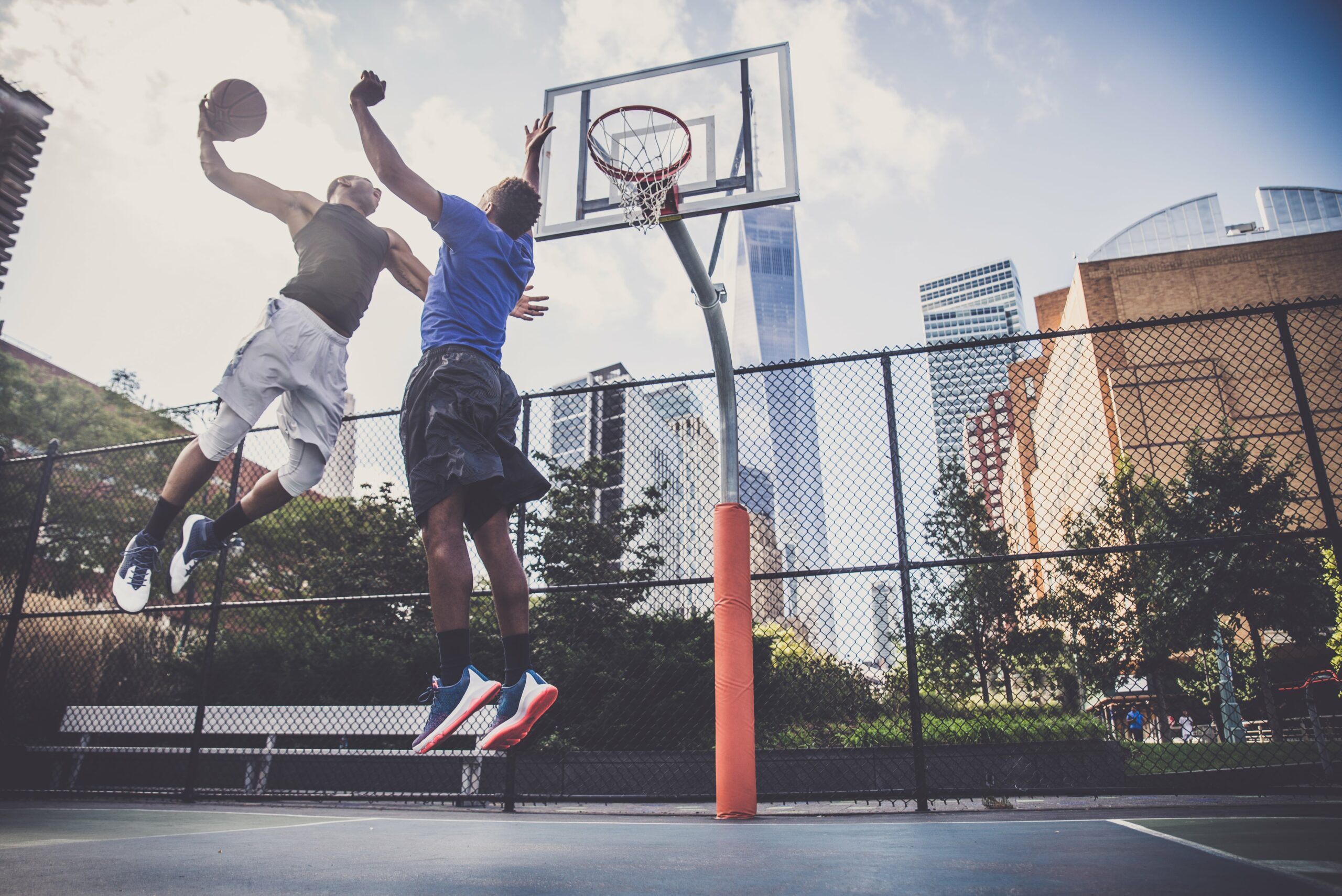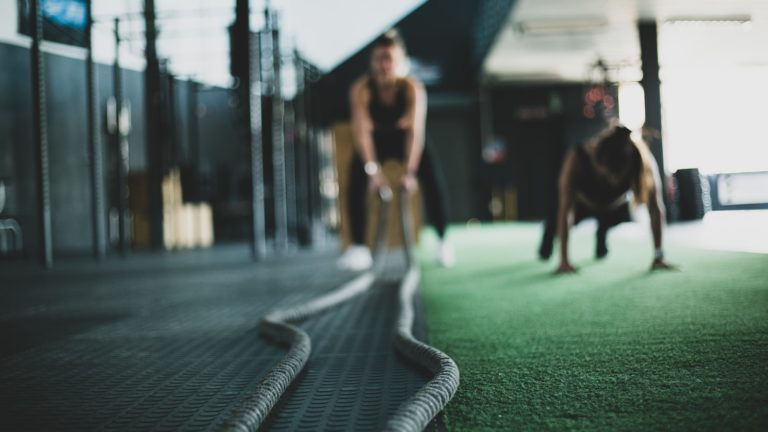As the excitement of March Madness and the NBA season are upon us, basketball fans worldwide are glued to their screens, cheering on their favorite teams and players as they battle it out on the court. However, amidst the thrilling dunks, three-pointers, and buzzer-beaters, there lies a reality that every player knows all too well: the risk of injury.
Basketball is a physically demanding sport that places significant strain on the body, making players susceptible to a range of injuries, from minor sprains to more severe ligament tears. Thankfully, MOTION physical therapists are an integral part of the player’s journey to recovery, offering tailored treatment plans to help them bounce back stronger than ever.
Let’s take a closer look at some of the most common basketball injuries and how physical therapists play a crucial role in their rehabilitation:
1. Ankle Sprains:
Ankle sprains are perhaps the most prevalent injury in basketball, often occurring when a player lands awkwardly or steps on an opponent’s foot. Physical therapists employ a variety of techniques, including manual therapy, therapeutic exercises, and proprioceptive training, to restore strength, mobility, and stability to the injured ankle. They also educate players on proper taping techniques and footwear choices to prevent future injuries.
2. Knee Injuries (ACL/MCL Tears):
The sudden stops, pivots, and jumps inherent in basketball can put immense stress on the knees, leading to injuries such as ACL (anterior cruciate ligament) and MCL (medial collateral ligament) tears. Physical therapists design comprehensive rehabilitation programs focused on strengthening the muscles surrounding the knee, improving flexibility, and enhancing neuromuscular control to support the injured ligaments. Through progressive exercises and modalities like ultrasound and electrical stimulation, therapists guide players through each phase of recovery, aiming to restore function and reduce the risk of re-injury.
3. Shoulder Injuries (Rotator Cuff Tears, Dislocations):
Basketball players frequently use their shoulders for shooting, passing, and rebounding, making them susceptible to overuse injuries, such as rotator cuff tears, as well as traumatic injuries like dislocations. Physical therapists employ a combination of manual therapy techniques, therapeutic exercises, and modalities such as ultrasound and heat therapy to alleviate pain, improve range of motion, and strengthen the shoulder muscles. Additionally, they focus on correcting biomechanical deficiencies and educating players on proper shoulder mechanics to prevent future injuries.
4. Back Injuries (Strains, Herniated Discs):
The repetitive jumping, twisting, and bending motions involved in basketball can place strain on the muscles and structures of the lower back, leading to injuries such as strains and herniated discs. Physical therapists utilize targeted exercises to strengthen the core muscles, improve spinal alignment, and enhance flexibility, all of which are essential for alleviating pain and restoring function. They also emphasize proper body mechanics and postural awareness to reduce the risk of recurrent back injuries.
5. Concussions:
Basketball is a high-paced sport with frequent collisions and contact, increasing the risk of concussions. Physical therapists play a crucial role in the management of concussions, focusing on symptom management, gradual return-to-play protocols, and cognitive rehabilitation strategies to ensure a safe and successful return to the court.
While basketball injuries are an unfortunate reality of the sport, physical therapists are instrumental in guiding players through the rehabilitation process, helping them regain strength, mobility, and confidence on the court. As March Madness unfolds and the NBA season reaches its climax, let’s salute these unsung heroes who work tirelessly behind the scenes, ensuring that our favorite athletes can continue to dazzle us with their skill and athleticism. After all, when it comes to overcoming injuries and making a triumphant comeback, physical therapists are the real MVPs of the game.




